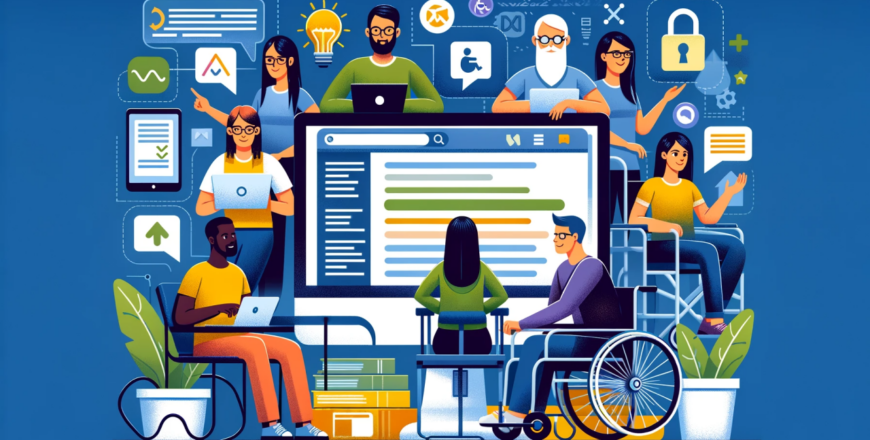Accessibility & Inclusive Design
- Description
- Curriculum
- FAQ
- Notice
 |
 |
SPONSORS: VIAMOON CONSULTANCY & CAREADISE
Where Miracles Happen
This course builds upon your existing knowledge of “Tourism for All” principles, dynamics, actors, and opportunities. You understand the progress made in accessible tourism and the significant work still needed, particularly in communication, policy, strategy, and implementation. This course focuses specifically on the crucial role of accessible information in creating inclusive tourism experiences.
Course Objectives:
By the end of this course, you will be able to:
- Understand the importance of information accessibility for both customers and businesses in the tourism sector.
- Design and implement accessible information in various formats.
- Identify and utilize additional resources (references, websites, tools, videos) for further study in this field.
Course Structure:
This course is divided into three sections:
Section 1: Principles of Accessible Information Design
This section introduces the fundamental principles of designing and implementing accessible information, aligning with Universal Design principles. We will explore:
- Core concepts of accessible information.
- The relationship between accessible information and inclusive tourism.
- Universal Design principles applied to information design.
- Benefits of accessible information for businesses and travelers.
Section 2: Methods of Accessible Information Transmission
Building on the understanding that information accessibility depends on the accessibility of the transmission methods themselves, this section explores various ways of conveying information. We will cover:
- Different formats for transmitting information (e.g., print, digital, audio, tactile).
- Key elements of the information transmission process (e.g., content creation, distribution, reception).
- Best practices for choosing appropriate formats and channels based on target audience and content.
- Considerations for accessible technology and assistive devices.
Section 3: Examples and Best Practices in Accessible Communication
This section presents real-world examples and best practices in accessible communication. We will analyze these examples using the principles, tools, and methods discussed in the previous sections, applying the proposed evaluation tools. We will examine:
- Successful examples of accessible information design in the tourism sector.
- Common pitfalls and barriers to accessible communication.
- Strategies for overcoming challenges and improving accessibility.
- Case studies of effective accessible communication campaigns.
Key Resources and Inspiration:
The course content draws upon various open-source documents and online resources, including:
- UNWTO’s “Recommendations on Accessible Information in Tourism”
- Centre of Excellence in Universal Design’s “Toolkit on Universal Design for Customer Engagement in the Tourism Sector”
- Technical guidelines from major digital information providers (Adobe, Microsoft, Google)
- W3C’s web accessibility guidelines (WCAG)
-
1The natural accessibility of communicationRead More
- The principles of Universal Design in the information sector
- The reference principles and the features of accessible information
-
2The business case for Universally Designed communicationsRead More
- Written communication
- Face-to-face, telephone and video communication
- Electronic and Web-based communication
The Curriculum may vary by location and/or business entity.






